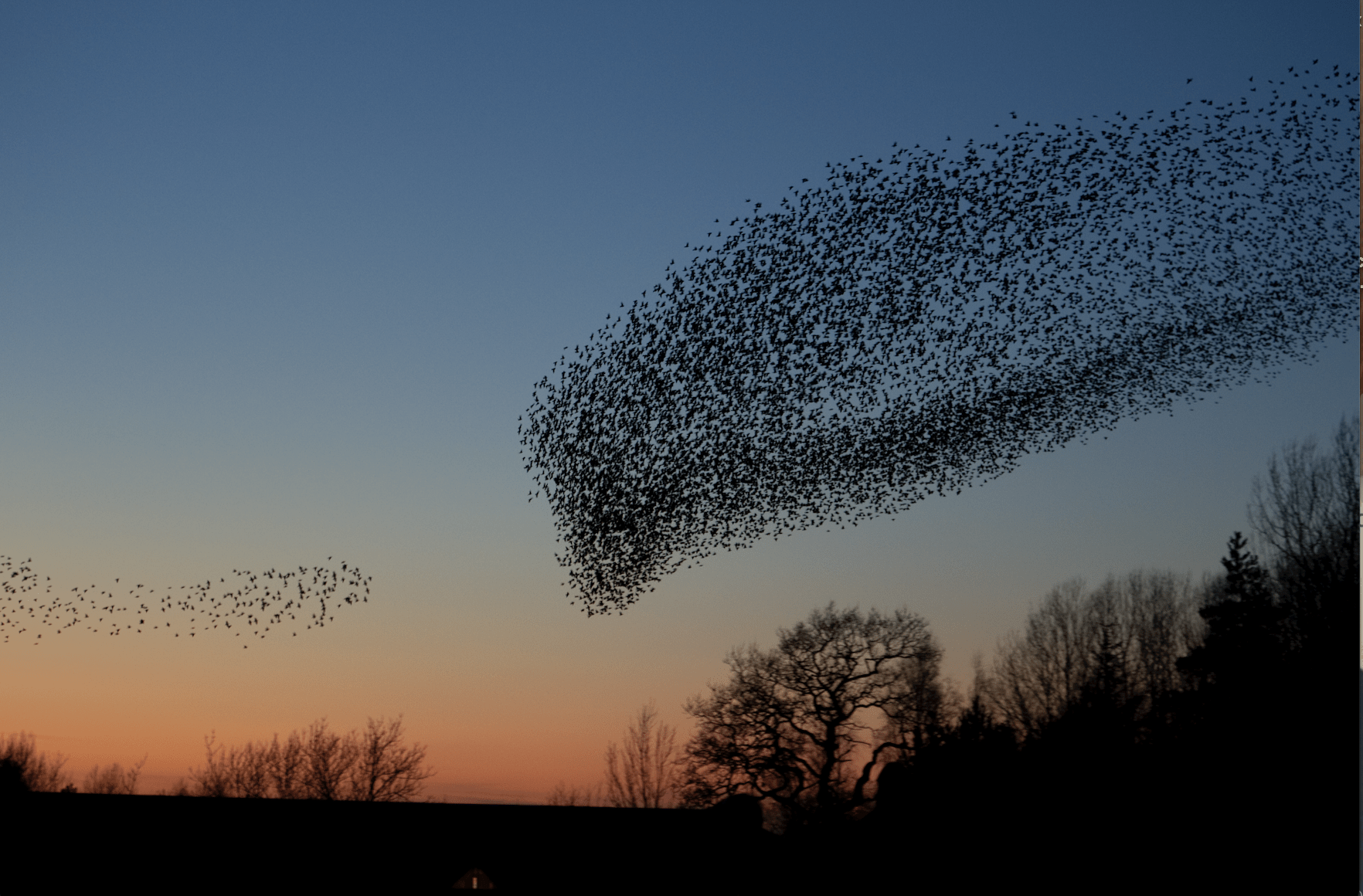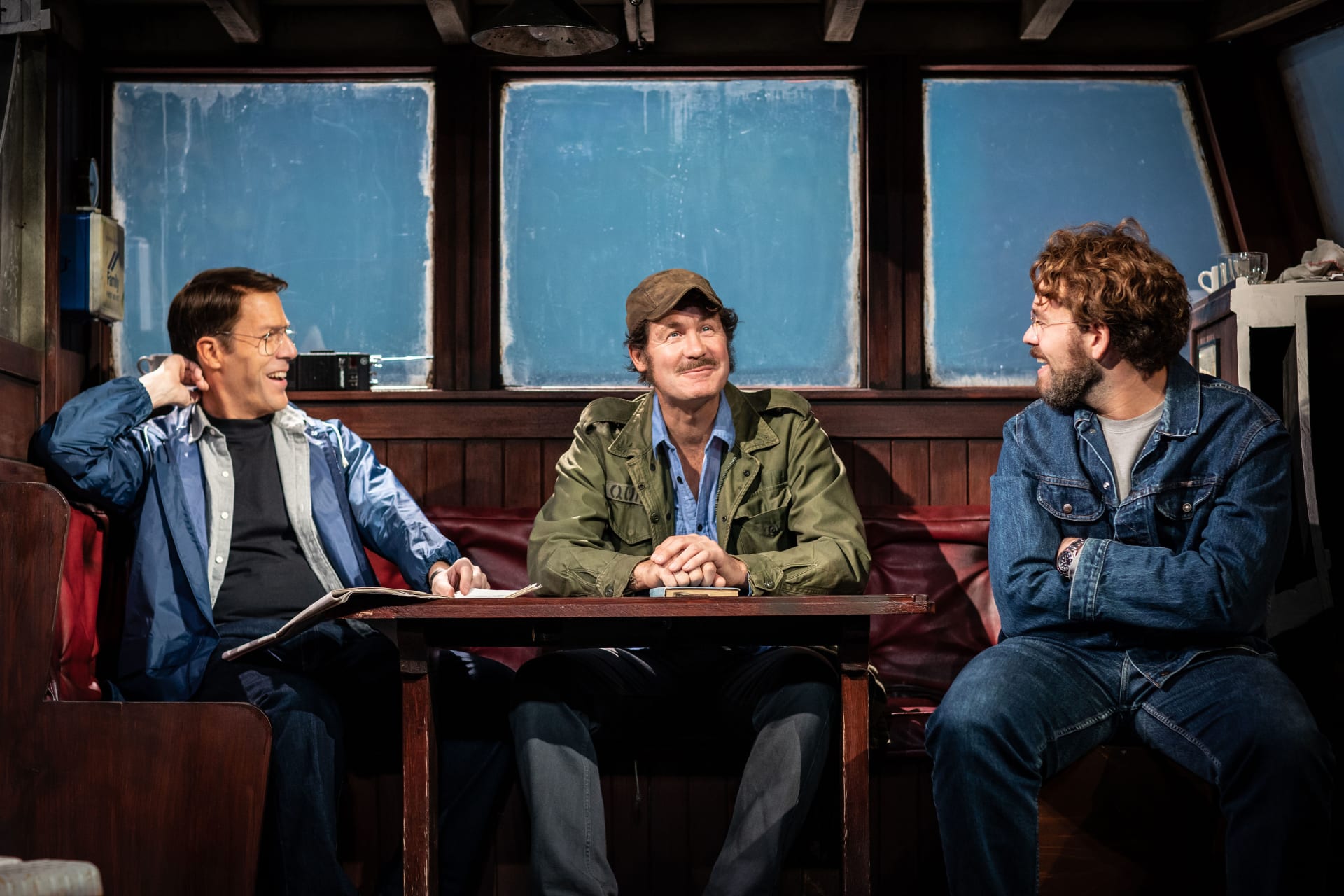“Every National Trust place is unique and extraordinary in its own way and most people have their favourite” says Chastleton’s senior visitor experience officer Holly Poncini. ‘But… everyone who visits Chastleton says it really is special.’ The secluded Jacobean treasure tucked away in the Oxfordshire countryside reopens to visitors on 6 March 2019 with a new visitor welcome reception building and an intriguing mystery involving three late 16th century panel paintings.
Owned by the same increasingly impoverished family, Chastleton has remained unchanged for nearly 400 years. “Poverty is a great preserver” declared Barbara Clutton-Brock, the last resident of Chastleton House who passed the estate to the National Trust in 1991.
As counter-intuitive as it sounds, she is absolutely right. Because the family didn’t have the resources to update the structure or contents with the latest fashions, the fine country house retained its perfect early 17th century proportions and is a rare survivor of that bygone age.
It wasn’t always thus. The house was built between 1607 and 1612 as a statement of wealth and power by a prosperous wool merchant, Walter Jones, during the early reign of King James I. It reflects the fashion of that time for tall, compact, outward-looking houses with staircase towers and flanking bays. The family remained actively Royalist during the Civil War and it was this that sealed their fate, and that of the house, as they suffered severe financial penalties for their loyalty.
By the time the house passed to the National Trust in 1991, the square, three-storey house retained its imposing Cotswold stone façade built around a central courtyard, but the structure and interiors required six years of conservation work to make safe and preserve them.
The approach to the conservation was innovative, as instead of restoring the property back to its former glory, the decision was taken to simply stop the deterioration and preserve it at that moment in time. To make a drastic change to the appearance after centuries of gradual decline would have gone against the gentle spirit of the place. The Director General at the time explained: “Our aim must be to lay as light a hand as possible on Chastleton, to arrest 150 years of progressive decay with an almost imperceptible tightening of the reins.” The approach won awards at the time.
Today, this means that the house retains its air of romantic neglect – you won’t find shiny polished wooden surfaces, glossy new paintwork or a fancy tea-room here. For some visitors this can be a surprise, but for most, it all adds to the feeling of stepping into a different world and they’re visibly affected by it. “Chastleton has a tranquil, restorative quality that visitors respond to,” says Holly, “Even when it’s busy, it feels peaceful and people seem to move at a slower, more mindful pace.”
It’s for this reason that the new, timber-framed visitor welcome building has been situated in the car park, rather than in the stableyard where it used to be. “It means that visitors can get the administrative part of their visit out of the way and then unwind from their journey on the beautiful descent through the parkland to the house and arrive in the right frame of mind for Chastleton,” says Holly. Even the lack of a tearoom isn’t an issue as every day Chastleton is open, local charities sell teas and home-made cakes from the church next door. It all adds to the serene village ambience.
The conservation approach in the garden is slightly different as living things naturally grow and change. However, the garden largely retains its original Jacobean layout, with divisions according to use. It still has that secret garden feel, especially in the kitchen garden which has a romantic, rambling quality and overflowing herbaceous borders.
The formal area of the garden is to be found in the Best Garden topiary. Topiary came into fashion in Britain in the 1590s and it’s thought that Chastleton’s topiary has been replanted three times with its most imaginative period coming in the early 20th century. At this time it was regularly clipped into the shape of a cat, teapot, snail, chicken and peacock among other designs. However, by the 1970s the topiary was only clipped once a year and gradually lost their distinct shapes.
You may notice a change in the Best Garden this year as senior gardener Rosy Sutton is planning to restore it to its early 20th century heyday with new herbaceous borders and feature topiary.
Just as it’s impossible to stop nature growing, so the march of time will always have an effect on the house and its contents. It’s the work of Chastleton’s house team to battle the agents of deterioration such as dust, light, humidity and pests to preserve the interiors and collection.
The latest element of the collection to receive close attention is a series of wooden panel paintings from the early 1600s called the ‘Fathers of the Church’. There are several mysteries surrounding the paintings. Most obvious is the fact that there is one missing. A Country Life magazine from 1919 shows that there were originally four paintings, but by the time the National Trust acquired Chastleton, there were only three. No one knows what happened to the fourth.
The artist is unknown and the overtly religious subject matter was arguably a bold and dangerous statement in a time of religious turbulence. The style is based on Flemish engravings of the time. We do know that the paintings were created at around the same time as the house. The wooden panels which make up the painting have been analysed and the timber was brought from a forest not far away in Worcestershire. When the next painting is sent off for conservation, it’s hoped that paint analysis will shed more light on the history of the works.
The conservation work requires the expertise of several specialist painting conservators and it’s quite a brutal process. The three panels are essentially broken apart, treated for pests and paint losses, repaired and stuck back together again. It’s a challenge for the conservators as, in keeping with the spirit of Chastleton, their brief was not to carry out a full restoration, but to stabilise the paintings and preserve their unique patina.
Senior house steward Ruth Peters says, “The painting of St Augustine has already received treatment and the conservation of Pope Gregory will begin in the spring. The third painting will follow in 2020. You’ll be able to see one of the completed paintings displayed in the Great Chamber at Chastleton when it reopens in March.”








